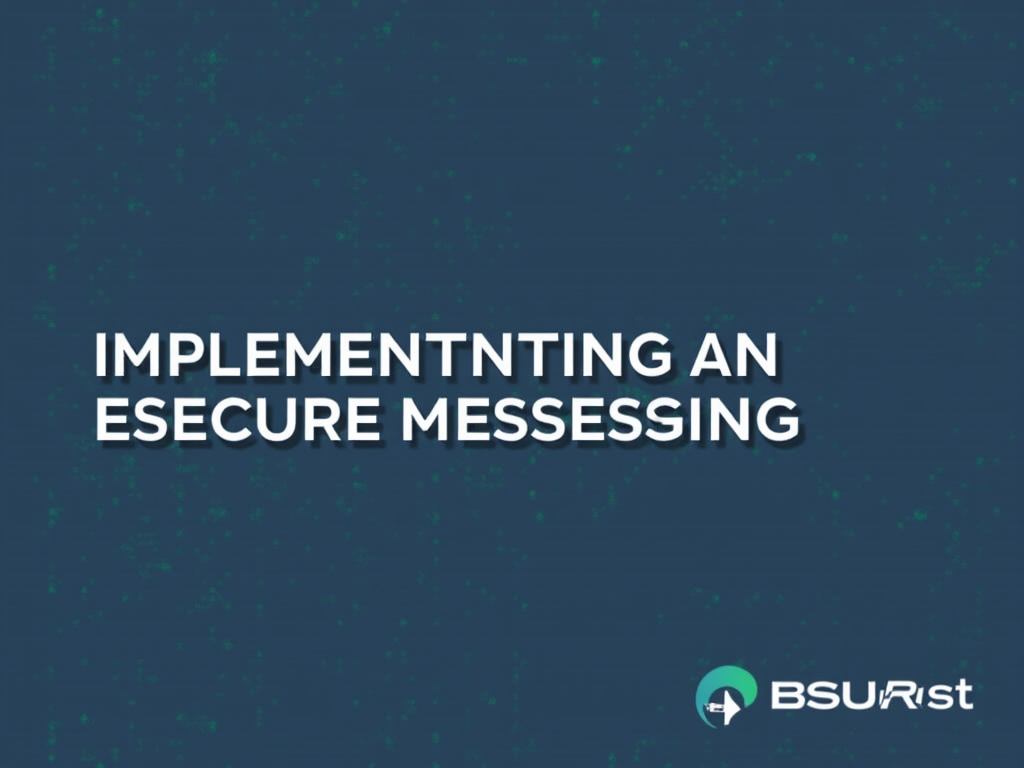How to Use Open-Source Intelligence (OSINT) for Threat Intelligence
Open-source intelligence (OSINT) is the process of gathering and analyzing publicly available information from the internet, social media, and other online sources to gain insights about potential threats. In this article, we will explore how OSINT can be used in threat intelligence and provide practical tips on how to get started with it.
What is Open-Source Intelligence (OSINT)?
OSINT is a term that refers to the process of gathering and analyzing publicly available information from various sources, including:
- Social media platforms
- Online forums and discussion boards
- Blogs and websites
- News articles
- Government reports
The goal of OSINT is to identify patterns, trends, and relationships within this publicly available information that can provide valuable insights about potential threats.
Why Use Open-Source Intelligence (OSINT) for Threat Intelligence?
There are several reasons why OSINT is an essential component of threat intelligence:
- Cost-effective: OSINT is free or low-cost, making it a cost-effective way to gather information.
- Widespread availability: Publicly available information is widely available and can be accessed from anywhere with an internet connection.
- Timeliness: OSINT can provide real-time insights into emerging threats.
- Comprehensive: OSINT can provide a comprehensive view of potential threats by analyzing multiple sources of publicly available information.
How to Use Open-Source Intelligence (OSINT) for Threat Intelligence
Here are some practical tips on how to use OSINT for threat intelligence:
Step 1: Define Your Objective**
Before starting your OSINT research, define what you want to achieve. What specific threats do you want to identify? What information do you need to gather?
Step 2: Identify Relevant Sources**
Identify the most relevant sources of publicly available information that can provide insights into potential threats. These may include:
- Social media platforms (e.g., Twitter, Facebook)
- Online forums and discussion boards (e.g., Reddit, Stack Overflow)
- Blogs and websites related to your area of interest
- News articles and government reports
Step 3: Conduct Research**
Conduct research on the identified sources by searching for keywords, phrases, and hashtags. Use search operators to narrow down your results.
- Boolean search: Use Boolean operators (AND, OR, NOT) to refine your search results.
- Phrases and quotes: Use quotation marks to search for exact phrases or quotes.
- Hashtags: Use hashtags to search for topics or keywords on social media platforms.
Step 4: Analyze Your Findings**
Analyze the information you gathered from your OSINT research. Look for patterns, trends, and relationships between different pieces of information.
- Contextualize: Place your findings in context by considering the source, timing, and relevance of the information.
- Prioritize: Prioritize your findings based on their relevance to your objective and potential impact.
Step 5: Visualize Your Insights**
Visualize your insights by creating diagrams, charts, or graphs that illustrate your findings. This can help you identify patterns and relationships more easily.
Step 6: Refine Your Process**
Refine your OSINT process based on your experience and the quality of your results. Adjust your search queries, sources, and analysis techniques as needed.
Best Practices for Conducting Open-Source Intelligence (OSINT)
Here are some best practices to keep in mind when conducting OSINT:
- Be thorough: Be thorough in your research by searching multiple sources and considering different perspectives.
- Verify information: Verify the accuracy of the information you gather from publicly available sources.
- Maintain confidentiality: Maintain confidentiality about sensitive or confidential information that you may encounter during your research.
Conclusion
Open-source intelligence (OSINT) is a powerful tool for gathering insights about potential threats. By following these practical tips and best practices, you can use OSINT to gain valuable insights into emerging threats. Remember to define your objective, identify relevant sources, conduct thorough research, analyze your findings, visualize your insights, and refine your process as needed.
Additional Resources
- Online courses: Take online courses on OSINT, threat intelligence, or cybersecurity to learn more about the topic.
- Books and articles: Read books and articles on OSINT, threat intelligence, or cybersecurity to stay up-to-date with the latest trends and best practices.
- Communities and forums: Join communities and forums related to OSINT, threat intelligence, or cybersecurity to connect with others who share your interests.
Acknowledgments
I would like to acknowledge the following sources for providing valuable insights and inspiration for this article:
- OSINT Framework: The OSINT Framework is a comprehensive guide to conducting open-source intelligence.
- Threat Intelligence: Threat Intelligence: How to Leverage Open-Source Intelligence (OSINT) for Cybersecurity provides a detailed overview of using OSINT for threat intelligence.
References
- OSINT Framework: https://osintframework.com/
- Threat Intelligence: https://www.packtpub.com/product/threat-intelligence-how-to-leverage-open-source-intelligence-osint-for-cybersecurity



